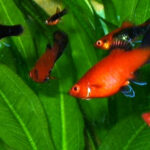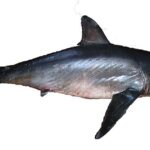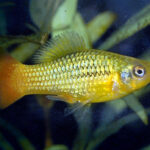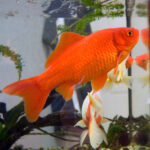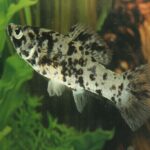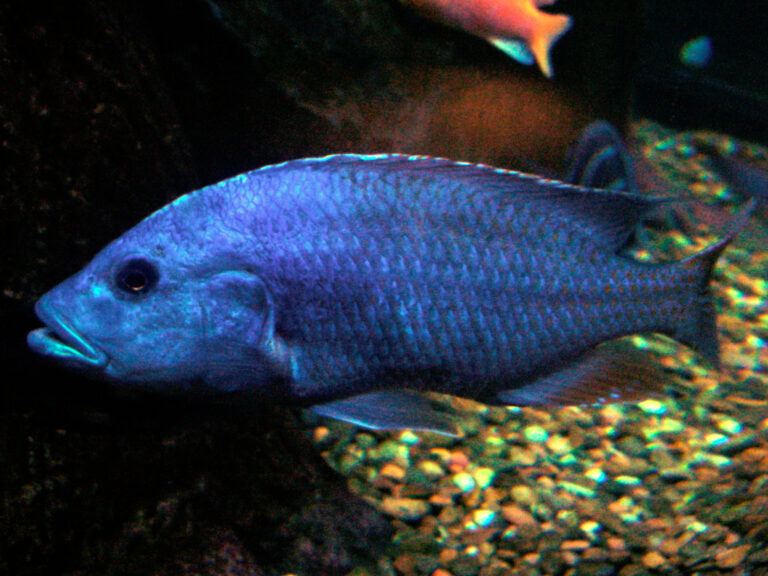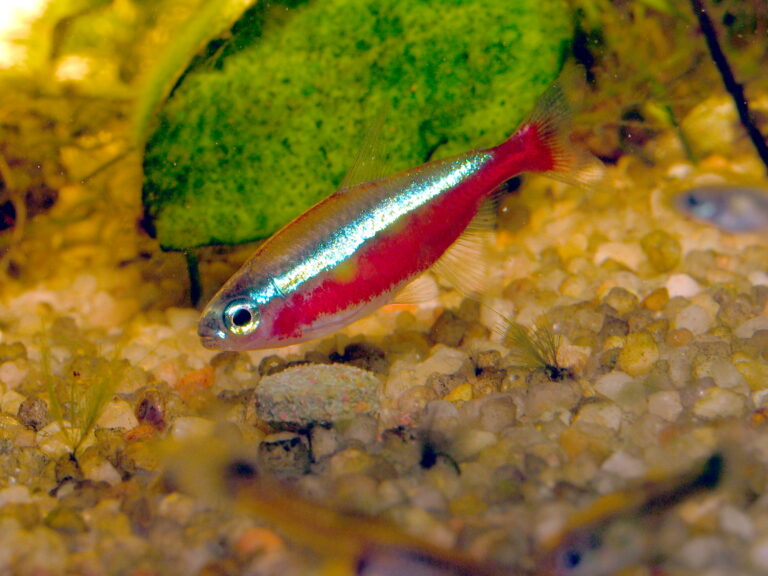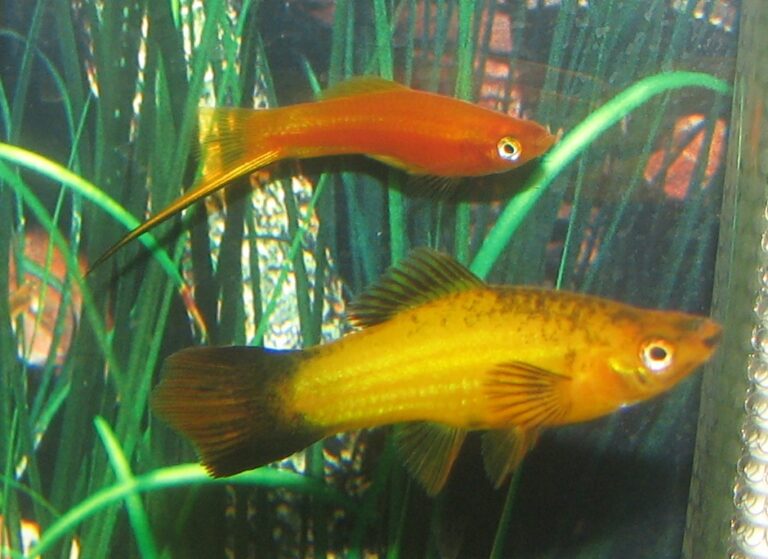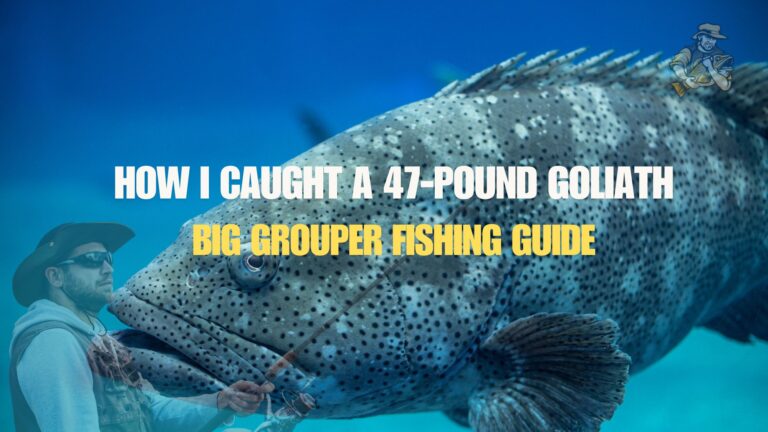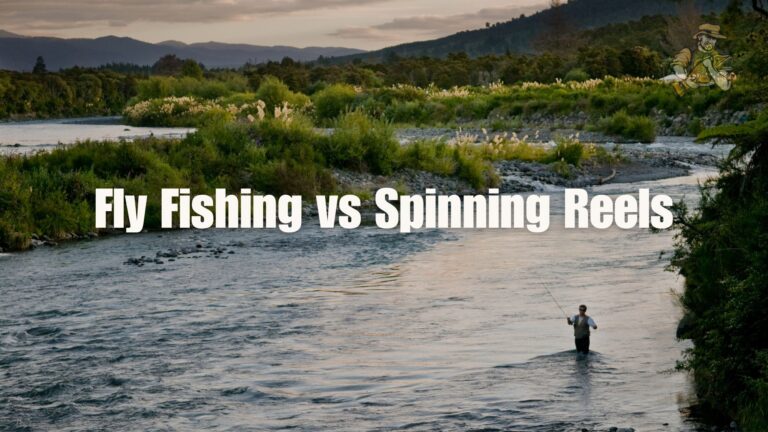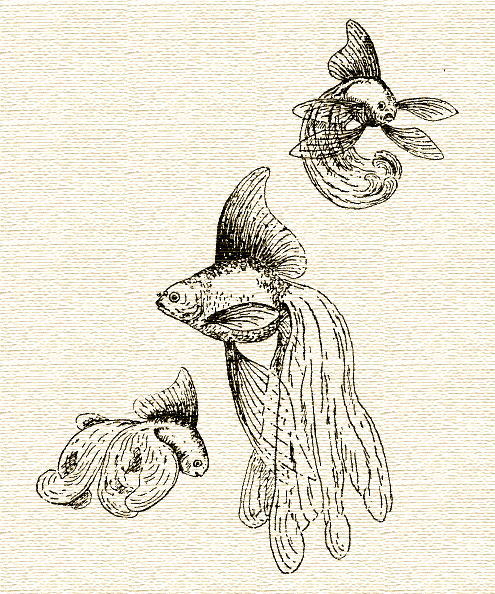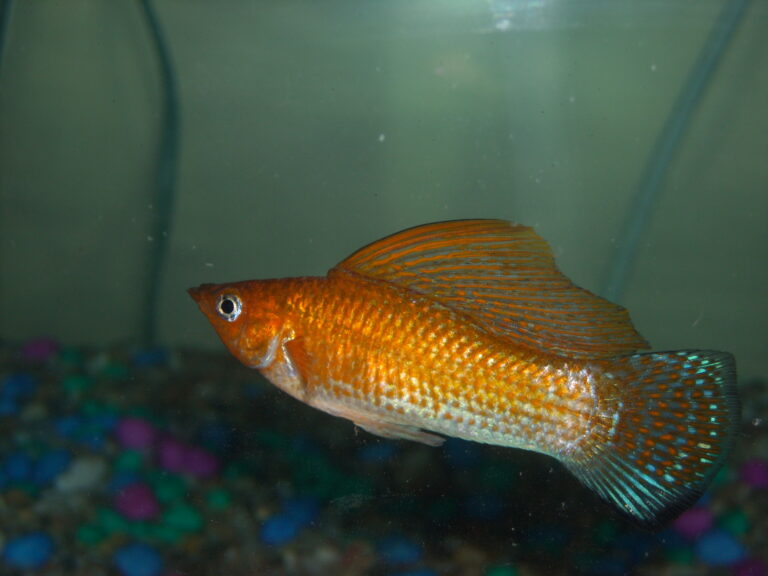Severum Cichlid
By Ryan Maron | Last Modified: June 9, 2025
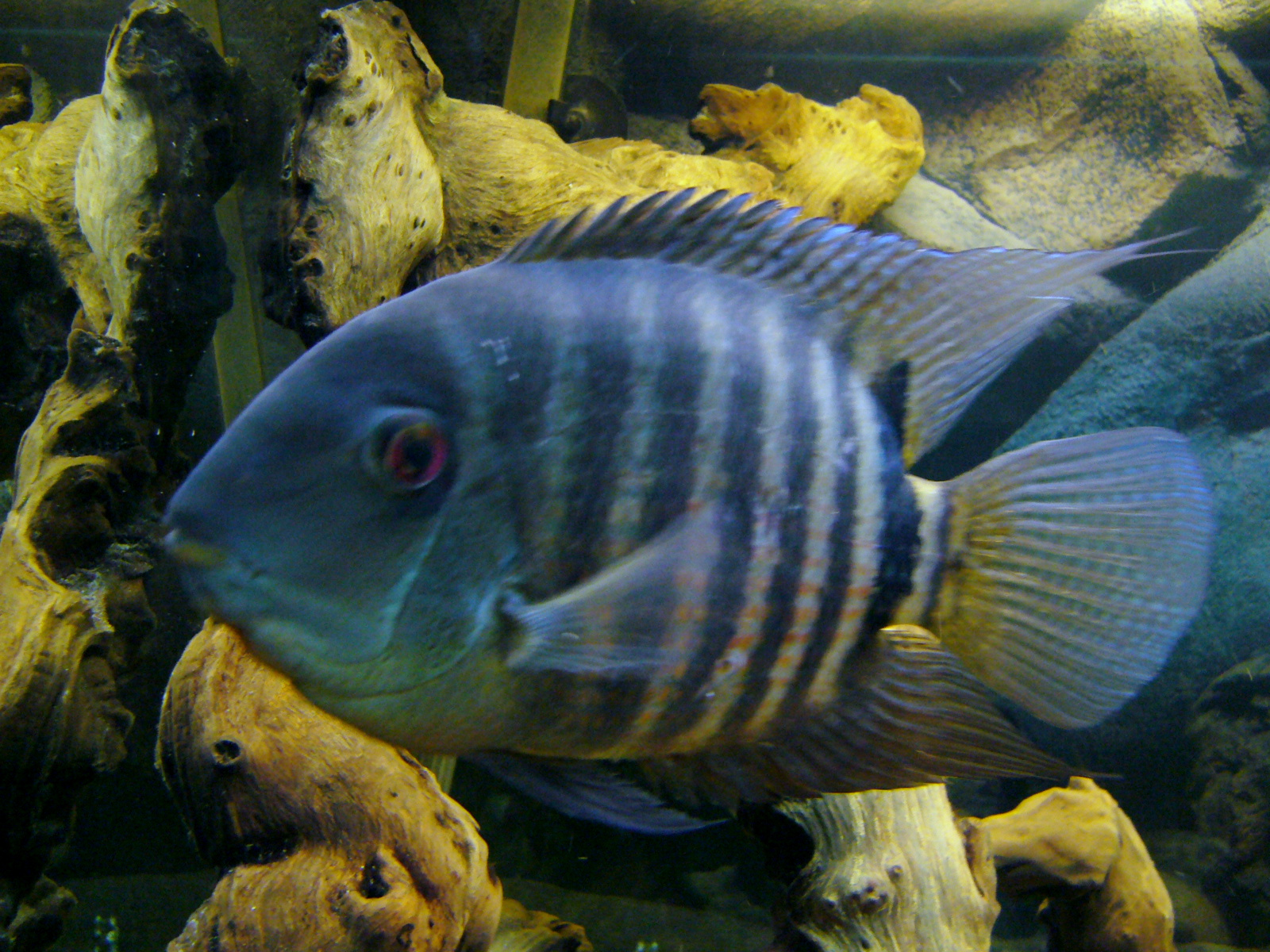
The Severum Cichlid represents one of South America’s most recognizable and ecologically significant freshwater fish species. Known scientifically as Heros severus, this robust cichlid inhabits the vast river systems of the Amazon Basin, where it plays a crucial role as both predator and prey within complex aquatic ecosystems. The species has garnered considerable attention from marine biologists due to its remarkable adaptability to varying water conditions and its sophisticated social behaviors.
Distinguished by their distinctive oval-shaped bodies and vibrant coloration, Severum Cichlids serve as important indicators of ecosystem health in their native habitats. These fish demonstrate fascinating parental care behaviors and exhibit complex territorial dynamics that influence the structure of entire fish communities. Their economic significance extends beyond their native range, as they have become highly valued in the international aquarium trade, contributing millions of dollars annually to the ornamental fish industry.
As opportunistic omnivores, Severum Cichlids occupy a critical niche in Amazonian food webs, controlling populations of smaller fish while serving as prey for larger predatory species. Their feeding behaviors directly impact plant communities and invertebrate populations, making them essential components of riverine biodiversity maintenance.
| Feature | Details |
|---|---|
| Common Name | Severum Cichlid |
| Scientific Name | Heros severus |
| Family | Cichlidae |
| Typical Size | 20-25 cm (8-10 inches), 200-400 grams |
| Habitat | Amazonian rivers and tributaries |
| Diet | Omnivorous opportunist |
| Distribution | Northern South America |
| Conservation Status | Least Concern |
Taxonomy & Classification
The Severum Cichlid belongs to the family Cichlidae, one of the most diverse fish families in the world with over 3,000 described species. Originally classified by Austrian ichthyologist Franz Steindachner in 1875, Heros severus has undergone several taxonomic revisions as molecular techniques have refined our understanding of cichlid relationships. The genus Heros encompasses approximately eight recognized species, all native to South American river systems.
Recent phylogenetic studies have revealed that Severum Cichlids share close evolutionary relationships with other large Amazonian cichlids, including the Uaru and certain Astronotus species. The species exhibits considerable morphological variation across its range, leading to debates among ichthyologists regarding potential subspecies designations. Genetic analysis has identified at least three distinct population clusters, corresponding to major river basins within the Amazon system.
The family Cichlidae represents one of the most evolutionarily successful fish lineages, with representatives on every continent except Antarctica and Australia. Within this family, the Severum Cichlid exemplifies many characteristic cichlid traits, including advanced parental care behaviors, territorial social structures, and remarkable adaptability to environmental changes. These attributes have contributed to the widespread success of cichlid species throughout tropical and subtropical regions worldwide.
Physical Description
Severum Cichlids exhibit distinctive morphological characteristics that reflect their ecological adaptations and evolutionary history. Adult specimens typically reach lengths of 20-25 centimeters, with robust, laterally compressed bodies that provide excellent maneuverability in densely vegetated habitats. The species displays significant sexual dimorphism, with males developing more pronounced finnage and intensified coloration during breeding periods.
The base coloration varies considerably among individuals and populations, ranging from golden-yellow to deep green-brown. Eight distinct vertical bars cross the body, though these markings may fade or intensify depending on environmental conditions and social status. The dorsal fin extends along most of the back length, featuring 12-16 spines followed by 10-18 soft rays. This fin configuration provides precise control during territorial displays and courtship behaviors.
Juvenile Severum Cichlids display more pronounced banding patterns and often exhibit a characteristic eye spot near the posterior portion of the dorsal fin. This ocellated marking serves as a predator deterrent, creating confusion about the fish’s orientation and potential escape direction. As individuals mature, these juvenile markings typically fade, replaced by the more subdued adult coloration patterns that facilitate camouflage among submerged vegetation and fallen timber.
The species possesses well-developed pharyngeal teeth adapted for processing both plant and animal matter. The mouth structure allows for efficient grazing on algae and small invertebrates while remaining capable of capturing larger prey items when opportunities arise. This dental configuration reflects the species’ omnivorous feeding strategy and contributes to its ecological success across diverse habitat types.
Habitat & Distribution
Severum Cichlids inhabit the extensive river systems of northern South America, with populations documented throughout the Amazon Basin and extending into the Orinoco drainage. Their distribution encompasses portions of Brazil, Venezuela, Colombia, Guyana, Suriname, and French Guiana, representing one of the broadest ranges among Amazonian cichlid species. The species demonstrates remarkable habitat flexibility, occupying environments ranging from fast-flowing tributaries to slow-moving backwaters and seasonal floodplains.
These fish show strong preferences for areas with abundant structural complexity, including submerged logs, root systems, and dense aquatic vegetation. Water temperatures throughout their range typically fluctuate between 24-30°C, with pH values ranging from 5.0-7.5, reflecting the naturally acidic conditions of many Amazonian waters. Dissolved oxygen levels remain adequate due to the species’ tolerance for moderate hypoxic conditions, an adaptation crucial for survival during seasonal flooding cycles.
Seasonal water level fluctuations profoundly influence Severum Cichlid habitat utilization patterns. During high-water periods, fish disperse into flooded forest areas where they exploit abundant food resources and reduced predation pressure. As water levels recede, populations concentrate in permanent water bodies, leading to increased competition and more pronounced territorial behaviors. This cyclical pattern drives many aspects of the species’ reproductive and feeding strategies.
Human activities have impacted some portions of the Severum Cichlid’s range through deforestation, dam construction, and water pollution. However, the species’ broad distribution and habitat flexibility have provided resilience against localized disturbances. Population monitoring efforts indicate stable numbers across most of the range, though some tributary systems show evidence of declining fish density associated with agricultural runoff and habitat fragmentation.
Diet & Feeding Behavior
The Severum Cichlid exhibits opportunistic omnivorous feeding behavior that contributes significantly to its ecological success throughout Amazonian ecosystems. Dietary analysis of wild specimens reveals a diverse food spectrum including algae, aquatic plants, small fish, invertebrates, fruits, and detritus. This feeding flexibility allows populations to exploit seasonal resource pulses and adapt to varying environmental conditions across their extensive range.
Juvenile Severum Cichlids initially focus on small invertebrates, zooplankton, and algae growing on submerged surfaces. As they mature, their diet gradually expands to include larger prey items and increased proportions of plant matter. Adult specimens commonly graze on periphyton and consume fallen fruits during flood seasons when terrestrial vegetation becomes accessible. This ontogenetic dietary shift reduces intraspecific competition and optimizes resource utilization within age-structured populations.
Foraging behavior patterns vary considerably with habitat type and seasonal conditions. In vegetated areas, Severum Cichlids employ methodical browsing techniques, systematically examining plant surfaces and substrate materials for food items. When feeding on larger prey, they demonstrate sophisticated capture techniques including coordinated strikes and pursuit behaviors. The species also exhibits cleaning behavior, removing parasites and dead tissue from larger fish species, establishing important ecological relationships within fish communities.
During reproductive periods, feeding patterns shift dramatically as breeding pairs focus energy on territory defense and parental care activities. Males may cease feeding entirely while guarding nests, relying on stored energy reserves to maintain territorial vigilance. This behavioral adaptation ensures reproductive success but also influences population dynamics and community structure during peak breeding seasons.
Behavior & Adaptations
Severum Cichlids display complex behavioral repertoires that reflect advanced cognitive abilities and sophisticated social organization patterns. These fish establish elaborate territorial hierarchies, with dominant individuals controlling prime feeding and breeding locations through ritualized displays and aggressive interactions. Territorial boundaries remain relatively stable during non-breeding periods but may shift dramatically during reproductive cycles as pair formation and nest site selection intensify competitive pressures.
The species demonstrates remarkable learning abilities and environmental awareness, quickly adapting behavioral patterns to local conditions and predation pressures. Individuals recognize neighboring territory holders and adjust aggressive responses accordingly, reducing energy expenditure on unnecessary conflicts. This recognition system extends to predator identification, with populations developing specific antipredator behaviors tailored to local threat profiles.
Communication among Severum Cichlids involves multiple sensory modalities including visual displays, acoustic signals, and chemical cues. Color pattern changes serve as primary visual communication mechanisms, with rapid darkening or lightening indicating stress levels, social status, or reproductive condition. Low-frequency sounds produced during territorial disputes and courtship help coordinate social interactions, particularly in turbid water conditions where visual communication becomes limited.
Physiological adaptations enable Severum Cichlids to thrive in challenging Amazonian environments. Their gill structure allows efficient oxygen extraction from water with variable dissolved oxygen concentrations, while specialized kidney functions help maintain osmotic balance across different water chemistry conditions. These adaptations prove particularly valuable during seasonal flooding when fish encounter rapidly changing environmental parameters and must adjust physiological processes accordingly.
Reproduction & Life Cycle
Severum Cichlid reproduction follows complex patterns closely tied to seasonal environmental cycles and social dynamics within established populations. Breeding typically coincides with rising water levels during rainy seasons, when increased habitat availability and food resources create optimal conditions for successful reproduction. Pairs form through elaborate courtship rituals involving synchronized swimming, color displays, and territory establishment behaviors that may persist for several weeks before spawning occurs.
Nest construction represents a critical phase of the reproductive cycle, with pairs selecting carefully cleaned flat surfaces on rocks, logs, or large plant leaves. Both parents participate in site preparation, removing debris and potential threats from the immediate vicinity. Females deposit 200-1,000 eggs depending on size and condition, while males provide immediate fertilization through precise spawning synchronization. Egg size and number reflect maternal investment strategies optimized for local environmental conditions.
Parental care in Severum Cichlids ranks among the most sophisticated examples of fish reproductive behavior. Both parents maintain constant vigilance over developing embryos, fanning eggs to ensure adequate oxygenation and removing fungal infections or dead eggs that could compromise entire clutches. Hatching occurs after 3-4 days at temperatures of 26-28°C, with larvae remaining attached to spawning surfaces for an additional 5-7 days while absorbing yolk reserves.
Post-hatching parental care continues for 4-6 weeks as fry develop swimming abilities and foraging skills necessary for independent survival. Parents lead fry to feeding areas during daylight hours and shepherd them to protective shelter as darkness approaches. This extended care period significantly improves juvenile survival rates compared to species lacking parental investment, contributing to stable population recruitment despite predation pressures and environmental challenges.
Predators & Threats
Throughout their life cycle, Severum Cichlids face predation pressure from diverse aquatic and terrestrial predators that shape behavioral patterns and population dynamics. Large predatory fish including Peacock Bass, Giant Otters, and various catfish species represent primary threats to adult specimens, while juvenile fish encounter additional predation from medium-sized cichlids, characins, and invertebrate predators. Birds such as herons, kingfishers, and cormorants target fish in shallow water areas, creating spatial refugia where predation risk varies considerably.
Egg and larval stages experience the highest mortality rates due to predation by small fish, invertebrates, and fungal infections. Despite intensive parental care, successful reproduction often depends on environmental conditions that minimize nest predation and maximize offspring survival. Turbid water conditions may reduce visual predator efficiency, while complex habitat structure provides refuge opportunities that improve juvenile recruitment success.
Human-induced threats increasingly impact Severum Cichlid populations across portions of their range. Deforestation reduces riparian forest cover, eliminating important food sources and altering water chemistry through increased sedimentation and nutrient runoff. Dam construction fragments river systems, disrupting migration patterns and genetic exchange between populations. Agricultural chemicals enter waterways through surface runoff, potentially affecting reproduction and development processes.
Climate change represents an emerging threat that could significantly impact future population stability. Altered precipitation patterns may disrupt seasonal flooding cycles that trigger reproductive behaviors and provide critical habitat access. Temperature increases could exceed physiological tolerance limits in some regions, forcing range shifts or population declines. Ocean acidification and changing atmospheric conditions may indirectly affect Amazonian ecosystems through complex biogeochemical processes that influence water chemistry and food web dynamics.
Conservation Status
The International Union for Conservation of Nature currently classifies the Severum Cichlid as Least Concern, reflecting the species’ broad distribution, stable populations, and adaptability to environmental variations. However, this classification masks significant regional variation in population trends and emerging threats that could impact long-term conservation prospects. Monitoring efforts remain limited across much of the species’ range, making comprehensive population assessments challenging for conservation biologists.
Several factors contribute to the species’ current conservation stability. The extensive Amazonian range provides population resilience against localized disturbances, while habitat flexibility allows adaptation to moderate environmental changes. Reproductive success remains high in protected areas and regions with minimal human impact, indicating that core population centers continue supporting regional recruitment and genetic diversity maintenance.
Conservation challenges vary considerably across different portions of the Severum Cichlid’s range. Areas experiencing rapid development face habitat loss and water quality degradation that could impact local populations. The international aquarium trade creates additional pressure through wild collection, though captive breeding programs have reduced dependence on wild-caught specimens for commercial purposes. Sustainable collection practices and trade regulations help minimize negative impacts on source populations.
Future conservation efforts should focus on habitat protection, water quality maintenance, and population monitoring in key regions. Establishing protected areas that encompass critical breeding habitats and maintaining ecological connectivity between river systems will prove essential for long-term population viability. International cooperation among countries sharing Amazonian watersheds will be necessary to address transboundary conservation challenges and ensure coordinated management approaches.
Human Interaction
The relationship between humans and Severum Cichlids extends back centuries through indigenous communities that have traditionally utilized these fish as protein sources and incorporated them into cultural practices. Modern interactions encompass commercial fisheries, aquarium trade, scientific research, and recreational fishing activities that collectively represent significant economic and cultural values throughout the species’ range.
Subsistence and commercial fishing operations target Severum Cichlids as food fish in many regions, though they rarely constitute primary target species for large-scale operations. Local markets frequently feature these fish due to their size, availability, and palatability. Traditional fishing methods including nets, traps, and hook-and-line techniques effectively capture specimens for local consumption while generally maintaining sustainable harvest levels.
The international aquarium trade represents the most economically significant human interaction with Severum Cichlids. Wild-caught and captive-bred specimens command substantial prices in ornamental fish markets worldwide, contributing millions of dollars annually to exporting countries’ economies. Captive breeding programs have developed numerous color varieties and strains that appeal to aquarium enthusiasts, reducing pressure on wild populations while maintaining commercial viability.
Scientific research utilizing Severum Cichlids has contributed important insights into fish behavior, ecology, and evolution. Their complex social behaviors and parental care strategies make them valuable model organisms for studying animal behavior and reproductive biology. Research findings have applications beyond basic science, informing aquaculture practices and conservation strategies for related species throughout tropical regions.
Recreational fishing for Severum Cichlids supports ecotourism industries in several South American countries. Sport fishing operations target these fish along with other cichlid species, providing economic incentives for habitat conservation and sustainable resource management. Educational programs associated with fishing tourism help raise awareness about Amazonian biodiversity and conservation challenges facing freshwater ecosystems.
Interesting Facts
Severum Cichlids possess remarkable cognitive abilities that rival those of many higher vertebrates, including the capacity for individual recognition, tool use, and complex problem-solving behaviors. Laboratory studies have documented their ability to navigate mazes, recognize human caregivers, and modify behavior based on past experiences. These cognitive capabilities contribute to their success in complex natural environments where adaptive behavioral flexibility provides significant survival advantages.
The species exhibits unique parental care behaviors including mouth-brooding of fry during dangerous situations, despite not being classified as a mouth-brooding species. Parents will temporarily hold small fry in their mouths when predators approach, releasing them once threats pass. This behavior bridges the gap between substrate-spawning and mouth-brooding reproductive strategies, demonstrating evolutionary flexibility in cichlid reproductive adaptations.
Color-changing abilities in Severum Cichlids extend beyond simple stress responses to include sophisticated communication systems. Individuals can produce rapid color pulses and pattern changes that convey specific information about intentions, emotional states, and social status. These visual signals remain effective even in turbid water conditions due to their high contrast and distinctive temporal patterns that nearby fish readily recognize.
Severum Cichlids demonstrate seasonal migration behaviors that coincide with Amazonian flood cycles, traveling hundreds of kilometers between feeding and breeding areas. Tracking studies using acoustic tags have revealed complex movement patterns that connect distant habitats and maintain genetic exchange between geographically separated populations. These migrations also facilitate ecosystem-level nutrient transport, moving organic matter between different aquatic environments.
The species exhibits remarkable longevity for freshwater fish, with documented lifespans exceeding 15 years in optimal conditions. This longevity allows individuals to experience multiple environmental cycles and accumulate extensive knowledge about local conditions that enhances survival and reproductive success. Long-lived individuals often become dominant territory holders and play important roles in population social structure and breeding success.
Frequently Asked Questions
How large do Severum Cichlids grow in their natural habitat?
Wild Severum Cichlids typically reach maximum lengths of 20-25 centimeters and weights of 200-400 grams, though exceptional individuals may exceed these dimensions in optimal conditions. Growth rates vary significantly based on environmental factors including water temperature, food availability, and population density, with fish in resource-rich habitats achieving larger sizes than those in more challenging environments.
What water conditions do Severum Cichlids require for optimal health?
Severum Cichlids thrive in water temperatures between 24-30°C with pH values ranging from 5.0-7.5, reflecting the naturally acidic conditions of Amazonian waters. They tolerate moderate variations in water chemistry but require adequate dissolved oxygen levels and minimal pollution. Seasonal fluctuations in these parameters are normal and often trigger behavioral responses including breeding activities.
Are Severum Cichlids suitable for community aquarium settings?
Severum Cichlids can be maintained with other large, peaceful fish species but require careful consideration of tank size, territorial requirements, and compatibility factors. Their size and territorial nature make them unsuitable for small aquariums or community tanks with delicate species. Successful community setups typically include robust fish of similar size and temperament with adequate space for territory establishment.
How do Severum Cichlids contribute to their ecosystem’s health?
These fish serve as important ecosystem engineers, controlling algae growth through grazing activities while transferring nutrients between different aquatic zones through their feeding and movement patterns. Their predation on small fish and invertebrates helps maintain balanced community structure, while their own role as prey supports larger predatory species throughout Amazonian food webs.
Conclusion
The Severum Cichlid stands as a remarkable example of evolutionary success within Amazonian freshwater ecosystems, demonstrating the complex adaptations and behaviors that enable species to thrive in dynamic aquatic environments. Their role as both predator and prey, combined with sophisticated parental care behaviors and ecological flexibility, makes them essential components of riverine biodiversity. Understanding and protecting these fish and their habitats remains crucial for maintaining the ecological integrity of South America’s vast freshwater systems and supporting the countless species that depend on healthy Amazonian ecosystems for survival.
Share The Article:
More Fish Species:
-
Bigeye Thresher Shark
The Bigeye Thresher Shark represents one of the ocean’s most extraordinary predators, distinguished by its dramatically elongated tail fin…
-
Bubble Eye Goldfish
The Bubble Eye Goldfish stands as one of the most distinctive and recognizable varieties of ornamental goldfish, captivating aquarists…
-
Basking Shark
The Basking Shark stands as one of the ocean’s most magnificent gentle giants, representing the second-largest fish species on…
-
Electric Blue Cichlid
The Electric Blue Cichlid stands as one of the most striking and sought-after freshwater fish species in the aquarium…
-
Cardinal Tetra
The Cardinal Tetra (Paracheirodon axelrodi) stands as one of the most vibrant and sought-after freshwater aquarium fish in the…
-
Pineapple Swordtail
The Pineapple Swordtail (*Xiphophorus hellerii* var. pineapple) represents one of the most striking color variants of the common swordtail,…
Discover
-
How to Spool a Baitcaster for Beginners: 6 Simple Steps
I remember the first time I tried spooling a baitcaster reel. What should have been a simple 15-minute job…
-
Louisiana Redfish Fishing: Best Spots & Tactics for Beginners
Finding that first bull red is a moment you never forget. The pull, the power – it’s something special….
-
How I Caught a 47-Pound Goliath: Big Grouper Fishing Guide
That morning started like most fishing trips – with complete optimism followed by immediate disappointment. We’d motored 12 miles…
-
Bass Fishing Techniques: Expert Tips That Actually Work
Bass fishing has been my passion for over three decades, and if there’s one thing I’ve learned, it’s that…
-
Fly Fishing vs Spinning Reels: Choosing the Right Technique
If there’s one debate that never seems to end in fishing circles, it’s fly fishing versus spinning gear. I’ve…
-
How to Become a Better Fisherman in 2025: Master These 5 Skills
There’s something magical about that moment when your line goes tight and you feel the unmistakable pull of a…
Discover
-
Smallmouth Bass
The Smallmouth Bass represents one of North America’s most prized freshwater game fish, combining impressive fighting ability with remarkable…
-
Veiltail Goldfish
The Veiltail Goldfish stands as one of the most distinctive and graceful varieties within the goldfish family, renowned for…
-
Silver Molly
The Silver Molly (*Poecilia sphenops*) stands as one of the most recognizable and adaptable freshwater fish species in both…
-
Pennsylvania Fishing License: Complete Guide for Anglers in 2025
Getting your Pennsylvania fishing license sorted isn’t exactly the most exciting part of fishing, but it’s absolutely necessary if…
-
East Coast Surf Fishing: Targeting Striped Bass and Bluefish from Shore
When I first tried East Coast surf fishing nearly 15 years ago, I was absolutely terrible at it. I…
-
Night Fishing for Beginners: Expert Techniques That Actually Work
My first night fishing trip was an absolute disaster. Picture this – fifteen-year-old me, armed with a rusty flashlight…

